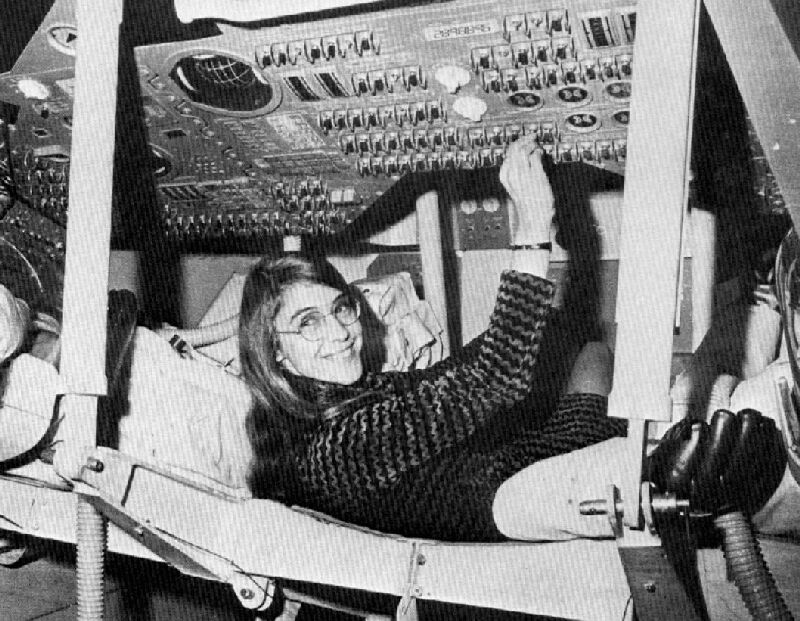Forty-two years ago this week marked the last time humans ventured beyond the friendly confines of Earth’s orbit.
The final moon landing mission, Apollo 17, ended successfully when the command module carrying astronauts Eugene Cernan, Ronald Evans, and Harrison Schmitt splashed down in the Pacific Ocean on December 19, 1972.
The lunar missions and, later, the Skylab program relied on the work of a remarkable young mathematician named Margaret Hamilton, who postponed studies for her Ph.D. to pioneer the discipline of software engineering.
The result? Reliable, resilient software to land men on the moon.

Here’s what Hamilton said about her work, in an article about NASA’s scientists and engineers written for a magazine commemorating the space agency’s 50th anniversary:
“There was no second chance. We all knew that. We took our work very seriously, but we were young, many of us in our 20s. Coming up with new ideas was an adventure. Dedication and commitment were a given.
Mutual respect was across the board. Because software was a mystery, a black box, upper management gave us total freedom and trust. We had to find a way and we did. Looking back, we were the luckiest people in the world; there was no choice but to be pioneers; no time to be beginners.”
Coinciding with the anniversary of the end of manned missions beyond Earth orbit, news sites and social media forums frequented by today’s technology professionals have featured stories about Margaret Hamilton, which is how I became aware of her work.
My own official day job title at Minnesota Public Radio / American Public Media is “software engineer.” I’ve always felt a little funny about that.
More so today after reading about Margaret Hamilton.
